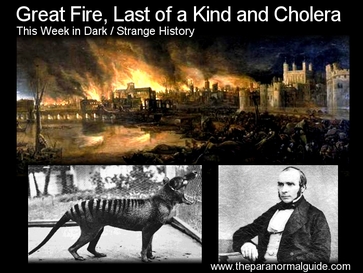
September 2, 1666
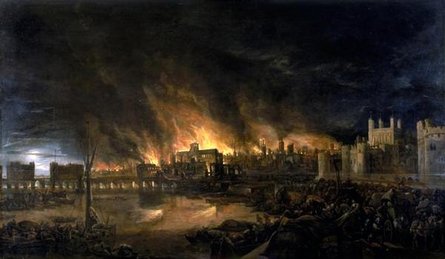 The 1666 Great Fire of London
The 1666 Great Fire of London Luckily Faynor's family escaped the flames by exiting the building via a window and crossing a neighbours roof. Unfortunately one of the house servants was afraid of heights, could not bring himself to cross the open void and subsequently perished in the flames.
It did not take long for the wind to fan the flames to other nearby buildings and soon what was to be known as The Great Fire of London was well under way.
The biggest aid to the fire was that this was still largely a medieval city, built from wood with straw roofs. Buildings were built pretty much right on top of each other, just about every spare space was packed with another home. Upper floors from one building jetted out and almost touched those across the street and the flammable pitch used for water sealing was very combustible.
The fire had very little hindrance in engulfing the city and moved very quickly. Rumours began to spread about the cause and soon mobs went about assaulting immigrants who they believed to have been the cause.
Many of the areas surrounding the flames saw their buildings demolished by the London Militia in an effort to form a fire break.
The blaze lasted for 5 days and the death count was relatively low – eight people had lost their lives. However there is some who believe it was much, much higher, that the poor and homeless lost to the fire were not included in the official statistics.
September 7, 1936
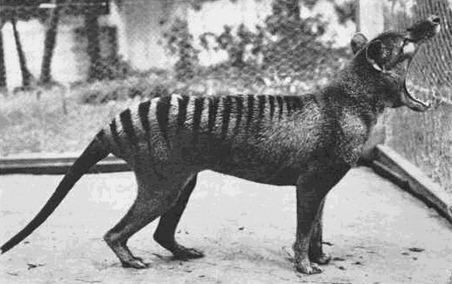 'Benjamin' thought to have been the last of his/her kind
'Benjamin' thought to have been the last of his/her kind Jacques-Julian was the first to get a proper look at the animal, an almost dog like creature, that was just over a metre long, stood about 60cm high at the shoulder, was grey brown in colour, had a pouch, and a number of black stripes along its back.
Farmers saw the Thylacine as a threat to their livestock. Subsequently they became hunted and with the Van Diemen's Land Company introducing a bounty on the heads of the Thylacine and its pup hunting became more prevalent. Asides hunting for the bounty many took up the 'sport' to secure trophies of this animals spectacular pelt.
The last Thylacine was killed in the wild in 1930.
"Benjamin" was a captive Thylacine, held in the Hobart Zoo, however it is not entirely known what "Benjamin's" sex was (though most conclude that photographic evidence suggests he was a she, we will still refer to Benjamin as a 'he'.) No one knew how to look after Benjamin, how to simulate the Thylacines natural habitat, Benjamin lived in a small pen with a concrete floor and surviving videos show him pacing around, backwards and forwards.
Then, on the night of September 7, 1936, Benjamin was locked out of the pens covered sleeping quarters and there, on the lonely concrete floor, he died from exposure to the cold. The last of his kind.
The saddest part of the Thylacines extinction was that it was finally granted protected species status just 59 days before 'Benjamin', the last of its kind, died from exposure after being locked out of its covered sleeping enclosure at the Hobart Zoo.
Still there is hope, with reported sightings of the Thylacine in the Tasmanian wilderness, it is thought the species may continue to live and has become one of Australia's signature cryptids.
September 8, 1854
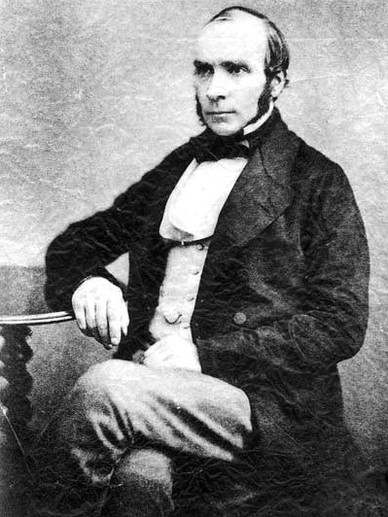 John Snow
John Snow A physician named John Snow was quite sceptical towards this theory and set to investigate the outbreaks for himself. He chose the outbreak in Soho and found most cases centred around a rather mundane location – the areas public drinking water pump.
“On proceeding to the spot, I found that nearly all the deaths had taken place within a short distance of the pump. There were only ten deaths in houses situated decidedly nearer to another street-pump. In five of these cases the families of the deceased persons informed me that they always sent to the pump in Broad Street, as they preferred the water to that of the pumps which were nearer. In three other cases, the deceased were children who went to school near the pump in Broad Street...
With regard to the deaths occurring in the locality belonging to the pump, there were 61 instances in which I was informed that the deceased persons used to drink the pump water from Broad Street, either constantly or occasionally...
The result of the inquiry, then, is, that there has been no particular outbreak or prevalence of cholera in this part of London except among the persons who were in the habit of drinking the water of the above-mentioned pump well.
I had an interview with the Board of Guardians of St James's parish, on the evening of the 7th, and represented the above circumstances to them. In consequence of what I said, the handle of the pump was removed on the following day. "
And then occurrences of Cholera began to fall. Although at the time many disputed Snows claims as either coincidence (incedences of Cholera had already began to fall) or fraud (claims were made that Snow had added locations to his map of Cholera incidences only after the pump handle was removed).
It was later learned that the well, of which the pump was situated, was located only a few feet away from a cesspit and that faecal bacteria had seeped in the water, including bacteria from a baby who had contracted cholera from another source.
Situation sorted but then authorities replaced the Broad Street Pump Handle as they rejected Snows theory and 'playing along with him' would mean they were no longer accepting of the 'Miasma' theory.
However, John Snow was right.
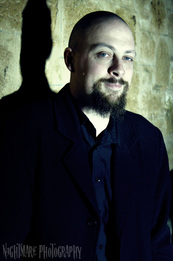
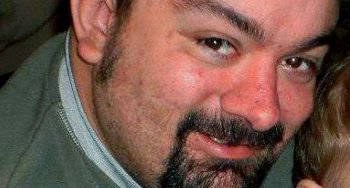


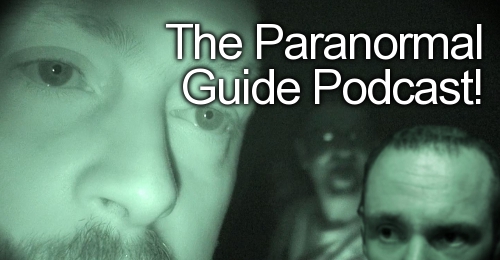
 RSS Feed
RSS Feed
